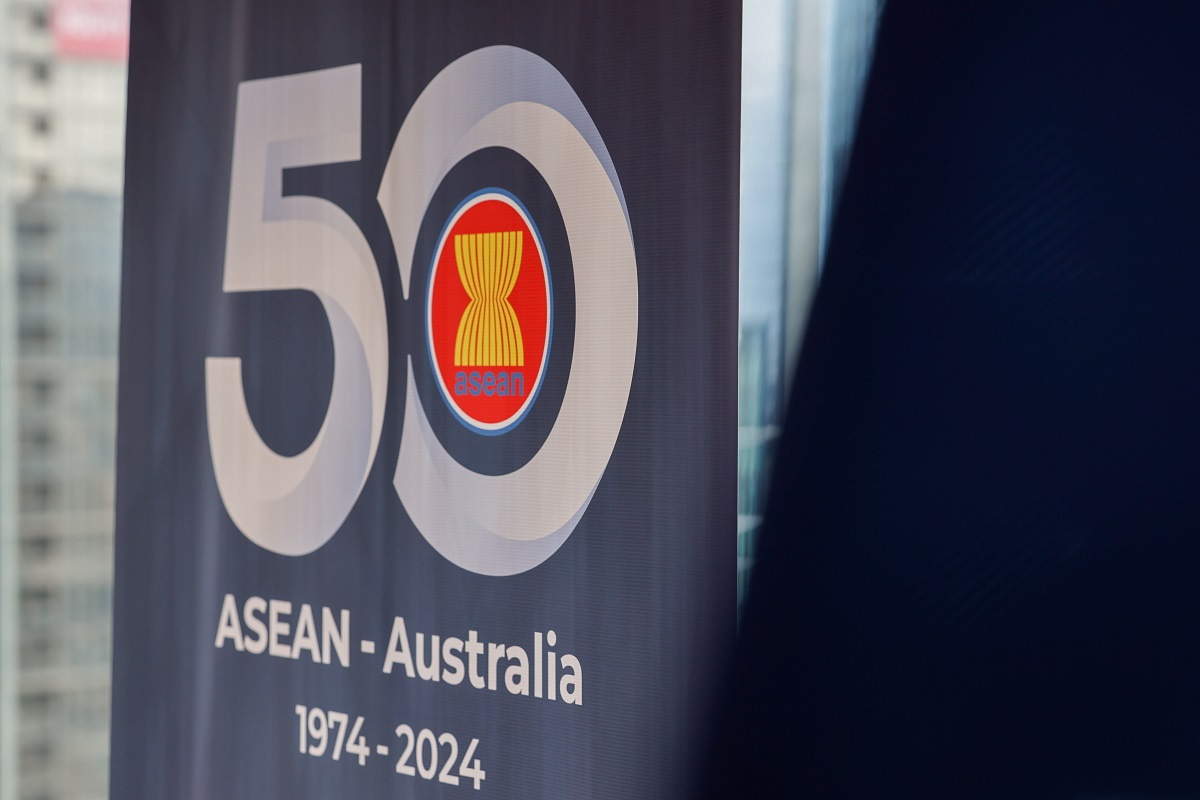The Association of Southeast Asian Nations (ASEAN) was formed in 1967 with five members – Indonesia, Malaysia, the Philippines, Singapore and Thailand – as a major Australian concern was regional security, mainly due to the ongoing war in Vietnam. Australia stationed forces in South Vietnam and Malaysia and was a member of the Southeast Asian Treaty Organization (SEATO).
At the time, Australia's Foreign Affairs Minister Paul Hasluck praised the new association and said its aim was to increase cooperation among member states. He noted that ASEAN is not only committed to supporting economic growth, social progress and cultural development in the region, but also peace and stability.
The Whitlam government was keen to develop relations with ASEAN and created its first formal link with the association – the first such relationship established with a non-ASEAN member country.
However, ASEAN's initial declaration did not mention defense and ASEAN did not embrace military cooperation. In the early years, it was mainly an advisory body. Until 1972, ASEAN did not play a significant role in Australia's regional outlook.
It was only with the election of Gough Whitlam in December 1972 that ASEAN began to take on greater importance. This new government was keen to see the demilitarization of SEATO and not interested in any alternative regional security arrangements. The Whitlam government was keen to develop relations with ASEAN and created its first formal link with the association – the first such relationship established with a non-ASEAN member country.
After some initial announcements, ASEAN called on Australia for a cooperative agreement. It was formalized at a meeting in Canberra in April 1974. The meeting kick-started economic cooperation with Canberra pledging 5 million Australian dollars for ASEAN economic projects to promote ASEAN-Australia cooperation. This will be implemented under the newly created ASEAN-Australian Economic Cooperation Program (AAECP). Thus, in the early years of ASEAN-Australia relations, economic issues were the main preoccupation of the relationship, with trade playing an important role.

However, safety is also important. While the stated motivations behind the ASEAN organization were economic, social, and political, a basic assumption was that strategic interests were shared. ASEAN was created during the Cold War and its founding members were all non-communist countries with individual security concerns.
As Australia became a dialogue partner, there was also a new uncertainty regarding security due to changes in the strategic policies of foreign powers. In the 1970s, Britain and the United States took the decision to withdraw militarily from Southeast Asia.
While these strategic changes brought uncertainty, they also brought opportunity for new regional groupings, especially with the end of the war in Vietnam.
The 1976 Bali Summit was the first meeting of ASEAN heads of government and considered the development of political and economic cooperation. The meeting adopted the Treaty of Amity and Cooperation in Southeast Asia, further clarifying the association by providing it with a clearly defined charter. The 1976 meeting also adopted the Declaration of the ASEAN Treaty, which called for a „plan of action” for ASEAN cooperation.
Relations with Australia strengthened after the second ASEAN Heads of Government Summit meeting in Kuala Lumpur in 1977. The meeting consolidated the aspirations announced in Bali and was the first time Australia and ASEAN met together at the government level. Prime Minister Malcolm Fraser announced a further commitment of AU$10 million to support the expansion of the AECP.
The economic relationship between Australia and ASEAN was further expanded in 1980 with the formation of the Australia-ASEAN Business Council.
Relations between Australia and ASEAN have waxed and waned over the years.
However, security cooperation remained elusive. Progress on defense and security was on a bilateral basis and any progress was carefully distanced from the formal ASEAN framework. ASEAN was official non-aligned and non-military association.
Hopes for regional peace and stability were further challenged after the Vietnamese invasion of Cambodia in December 1978. Vietnam's occupation of Cambodia elicited a concerted response from ASEAN countries demanding a diplomatic solution. ASEAN played a role in negotiating a peace settlement for Cambodia, as did Australia. Relations with ASEAN were central to Australia's contributions peace process.
However, relations between Australia and ASEAN have waxed and waned over the years. Despite high hopes for cooperation in the partnership's early years, by the mid-1980s there was concern in Canberra that ASEAN's perception of the importance of the relationship was declining. This was enhanced by issues in bilateral relations between Canberra and individual ASEAN countries, which included issues related to Vietnam, human rights and Australia's relations with Irian Jaya.
Responding to the economic and political policies of individual ASEAN members has been a key issue for Australia for decades, particularly as the strategic and economic landscape has evolved since the end of the Cold War and the expansion of ASEAN membership to now include Brunei, Vietnam, Cambodia, Laos and Myanmar.
Nevertheless, the relationship continued with Australia's participation in several ASEAN initiatives. ASEAN Regional ForumFree Trade Agreements, and East Asia Summit. In 1974, Canberra saw ASEAN as an important vehicle for economic development, which went hand in hand with internal Southeast Asian security, and this laid the foundation for Canberra's continued acceptance of ASEAN as a significant regional forum.

. „Gracz. Namiętny pionier w mediach społecznościowych. Wielokrotnie nagradzany miłośnik muzyki. Rozrabiacz”.
